Wood is not only used for building houses. The advent of 'industrialised' wood, factory-made wood derivatives - laminated beams, laminated panels, OSB, plywood, MDF - has made building faster and more efficient. This has made wood attractive for many different building directions. Public, industrial and agricultural construction on timber structures emerged. Fast assembly, elimination of downtime, the possibility to build even in less than friendly weather have made timber building materials a serious alternative to so-called traditional building materials. In addition, wood allows it to be used in combination with other materials to achieve superior construction qualities.
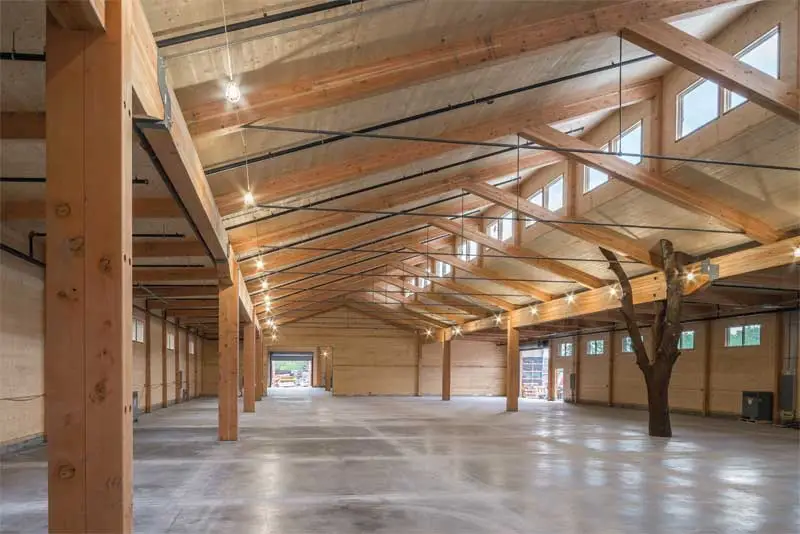
Wooden constructions - more and more every year
Wood has been used as a building material since ancient times, with old buildings still standing as testimony to this. For a time, however, it was pushed into the background and replaced by modern materials, which made construction faster and allowed buildings to grow bigger and taller.
In the last 15-20 years, there has been a worldwide revival of timber construction, mainly due to the emergence of industrialised materials. These have made it possible to build buildings on timber structures that would otherwise have seemed utopian. Buildings with 8, 10 (England) even 14 floors (Norway) have already been in operation for years.
Modern timber construction is growing year after year because:
- enable advanced off-site prefabrication;
- construction time is shorter and consists of an assembly of prefabricated materials;
- allow for more meticulous planning and eliminate downtime due to bad weather;
- allow the quality of the prefabricated products to be assured and controlled off-site.
All these and other qualities of wood have made it the preferred material for the construction of sports halls, car parks, recreational areas, industrial halls and warehouses, and animal shelters.
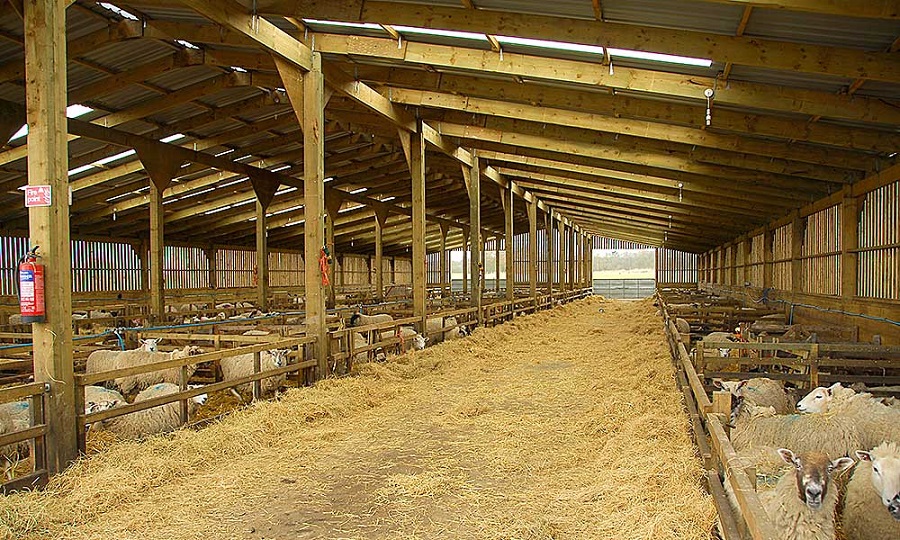
Why wooden structures for industrial and agricultural buildings
For the qualities of the wood itself and its derivatives, which can be assembled quickly to produce strong, stable, durable and aesthetic constructions.
The most valued qualities of wood are:
- low weight compared to other building materials. That's why foundations are made with less material and lower costs. Wood can be up to 15 times lighter than other building materials. Timber-frame construction is recommended when the terrain is more difficult, less safe for heavy construction;
- wood is a good thermal insulator. The thermal coefficient of wood is much lower than that of steel, concrete or brick;
- although there is much discussion about changing the dimensions of wood depending on moisture content, the coefficient of expansion along the fibre is lower than the coefficient of expansion of steel or concrete. The constructions are therefore much more stable;
- wooden structures are elasticbehaving very well during earthquakes;
- wood is highly resistant to corrosion caused by certain chemical compounds. For this reason it is preferred for the construction of animal shelters where the ammonium concentration is very high. Due to its resistance to chlorine, wooden structures are used for buildings housing swimming pools;
- wood can also be used without an elaborate finish, which lowers costs.
In addition to these characteristics of wood come the characteristics of derived materials:
- can be easily assembled, with many more possibilities for catching;
- allow the construction of spaces with a very large opening, impossible to achieve with other materials;
- wooden boards can be used as elements of resistancebeing much lighter compared to a concrete or brick wall;
- can be easily combined with steel structures, concrete pillars or brick walls.
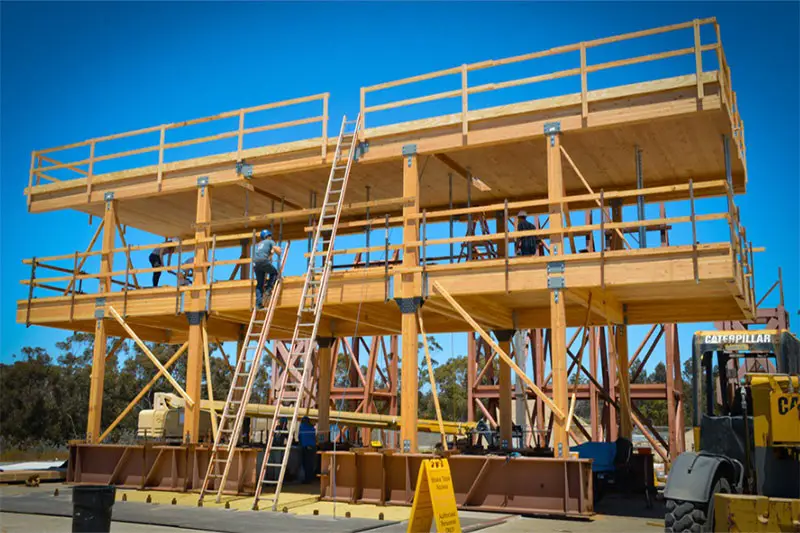
The weaknesses - so far - of using wood in construction
Wood is a great material, but it has its weaknesses. At least for the time being, because industrialisation is likely to eliminate them in time.
Among the features that still pose problems are:
- properties differ from species to speciesbut also within the same species depending on the area of growth and development;
- is a non-homogeneous and anisotropic material which makes its properties differ depending on the orientation of the fibre. Sometimes the differences in wood properties along the grain versus perpendicular to the grain are as large as 40%;
- properties are influenced by humidity. For example, compressive strength decreases 2-fold with an increase in moisture content from 5 to 15% and insulation properties are much lower when wood moisture content increases;
Issues such as nodes or growth defects are no longer a problem because they are removed when the wood is processed in the factory to obtain the by-products. And resistance to fungal, mould and insect attack is solved by treating the wood with insect-fungicidal materials.
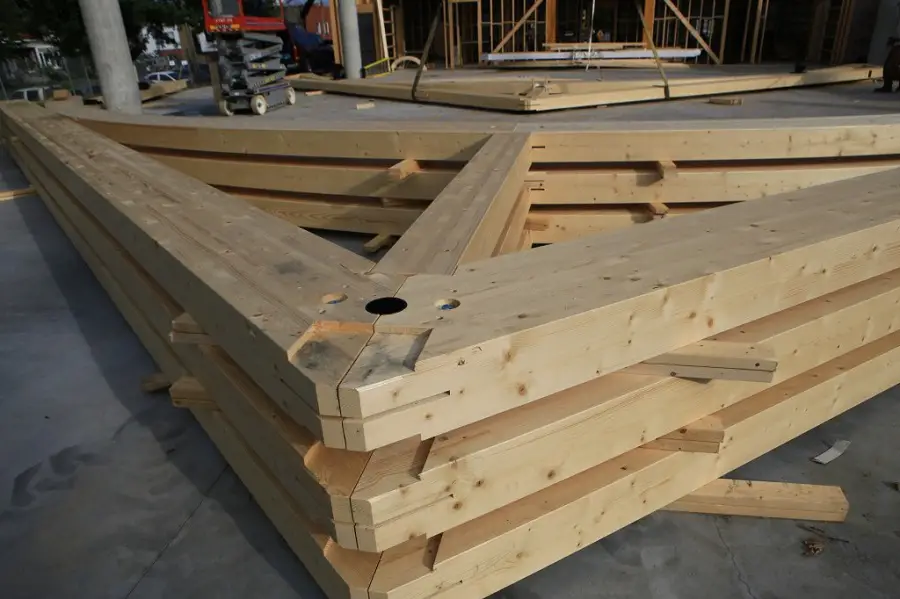
Industrialized wood for buildings
Due to the particularity of industrial buildings - high, wide, open spaces, without too many supporting pillars - lamellar beams (glulam) are best suited for their realization. On how to make glulam you will find information in articles from the magazine so I'm not coming back. Wooden structures made of laminated beams have very good strength and allow for very wide openings. They are used for the construction of warehouses and industrial halls, even where industrial cranes need to be mounted on the walls. They are strong, stable, resistant to the action of various chemicals and can be assembled quickly and safely. Most of the working time is spent in the factory, with work on site reduced to days.
Another material used a lot lately in construction, which I've already told you, this CLT (Cross Laminated Timber). They are layered wood panels made on the same principle as plywood, i.e. the layers are perpendicular to each other. The material has very high stability and strength and can be used to build load-bearing walls, ceilings and floors, even in multi-storey buildings.
Wooden or metal lattice girders are another material used in industrial construction. They are simple to fit and can be fastened with various types of connectors that allow controlled stiffening. They are mainly used for the construction of production hall roofs, animal sheds, warehouses, construction in combination with concrete pillars or steel structures.
OSB tiles are used to make load-bearing walls or partitions. According to European standards there are 3 types of OSB used in construction. OSB/2 are slabs that can only be used in dry environments, OSB/3 that can be used in wet environments with very little dimensional variation and OSB/4 - slabs that are very resistant to time and humidity.
For the construction of industrial buildings, slabs of plywood, MDF or chipboard.
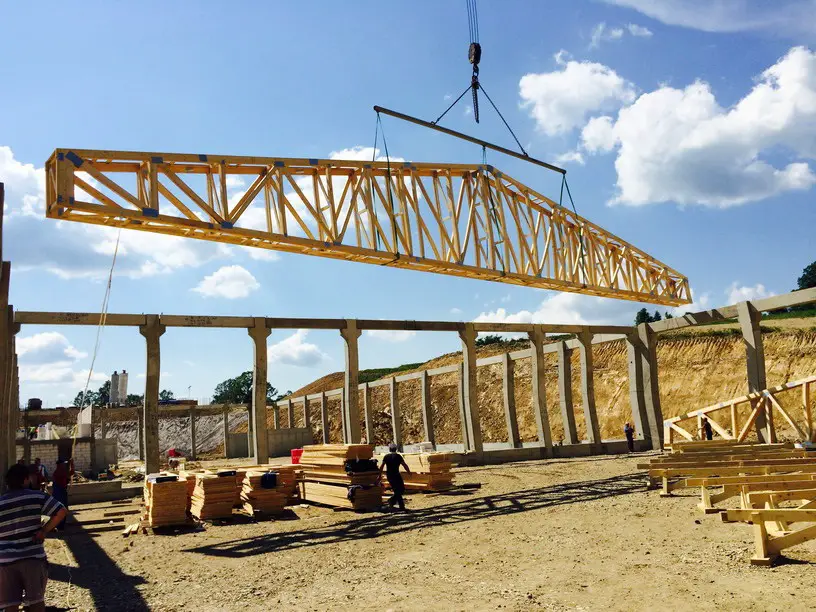
How these constructions are received in our country
We also build with glulam, CLT, OSB or lattice girders. These materials are available in the country and companies such as Technical Switzerland, Glulam, Wood Structure or Euroglulam already have work all over the country in residential, public and industrial buildings.
The companies deal with both the production of wooden structures and their assembly. In their portfolio you will find spectacular buildings, such as the Turda Salt Works or the Bucharest Thermal Baths, but also houses, bridges over rivers, event spaces, industrial or agricultural halls.
You probably remember spectacular terrace design made by Technique Schweiz, in pre-season 2018, in Mamaia. The corrugated wooden beams made it possible to achieve a very original layout in a very short time.
So, to the question of how these wooden structures are received here, we can answer better and better. With each project people are more and more convinced that using industrialised wood is no longer about low resistance over time, to the action of mould or insects, or even low fire resistance.
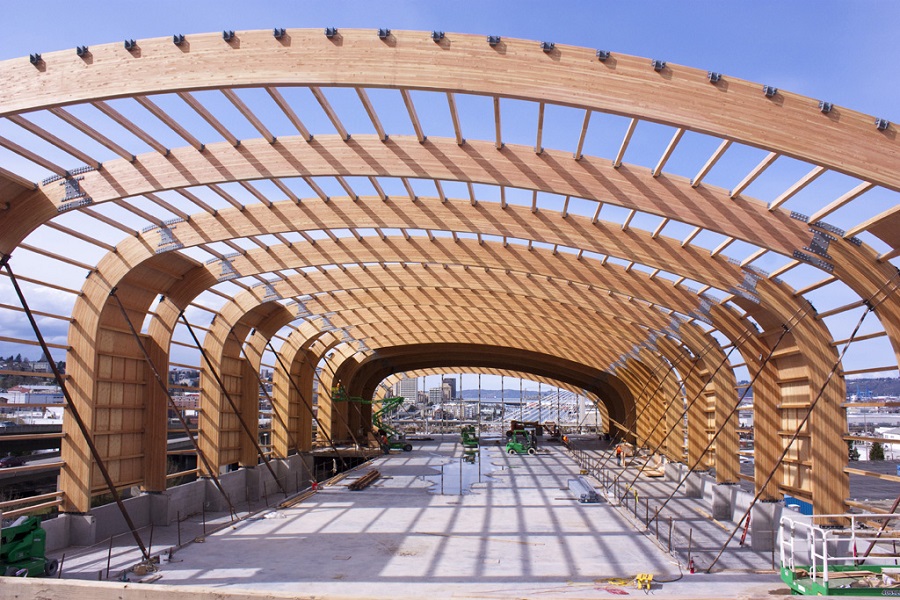
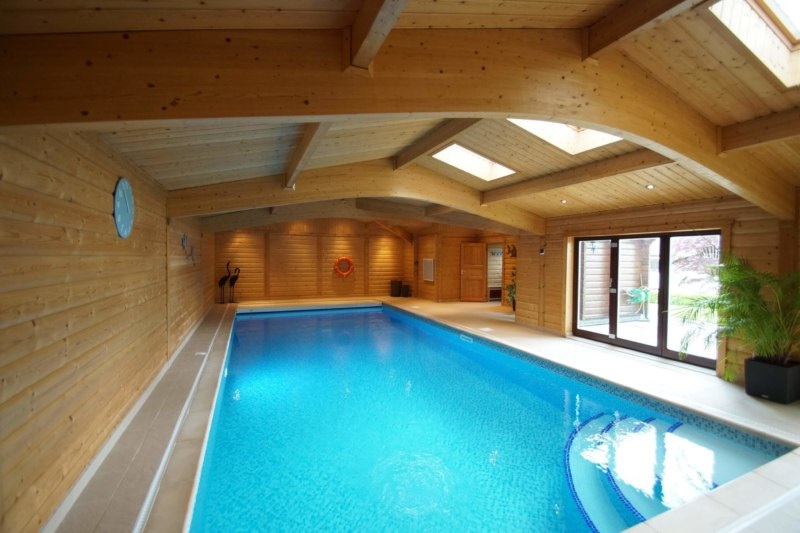



















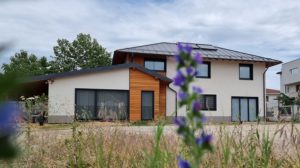
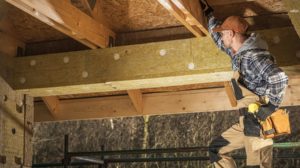



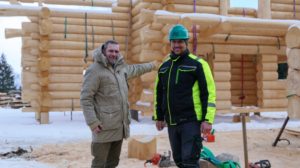


Add comment